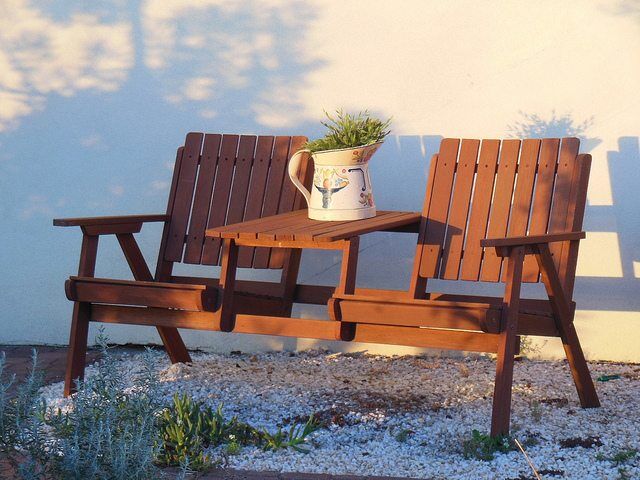Discover The Fascinating Journey Of Refurbishing Classic Cabinets, Revealing Untold Stories And Disclosing The Enigmas Of Background
Discover The Fascinating Journey Of Refurbishing Classic Cabinets, Revealing Untold Stories And Disclosing The Enigmas Of Background
Blog Article
Post Produced By-Stephenson Stefansen
To start the trip of restoring antique closets, you require a keen eye for information. Envision uncovering covert tricks within each layer of background embedded in the wood. Image the fulfillment of reviving a once-forgotten piece to its former splendor. Every action of this thorough procedure holds the key to protecting the past while developing a future treasure. So, are you ready to embark on this transformative endeavor and unlock the possibility of your antique cabinets?
Analyzing the Closet's Condition
When beginning the remediation process, beginning by analyzing the condition of the antique cupboard. Carefully check out the total structure for any kind of signs of damage such as fractures, chips, or loose joints. how to become a cabinet maker for any kind of rot, bending, or insect invasion that might have happened over time. It's vital to figure out the extent of the restoration needed prior to continuing further.
Next, evaluate the cabinet's hardware such as hinges, handles, and locks. Make note of any missing pieces or components that require repair service or substitute. Make certain that all equipment is working properly and safely affixed to the cupboard.
Furthermore, examine the cupboard's finish. Look for any scrapes, spots, or discoloration that might influence the visual appeal. Establish if the coating needs to be stripped and reapplied or if an easy touch-up will certainly be adequate.
Gathering the Necessary Tools and Products
After evaluating the condition of the antique cupboard, the next step is to collect the needed tools and products for the reconstruction procedure. Prior to you start, guarantee you have the adhering to products on hand:
- timber cleaner
- sandpaper in various grits
- wood filler
- paint or timber tarnish
- brushes
- handwear covers
- safety and security goggles
- a dust mask
- a drop cloth
- a putty blade
- a hammer
- a screwdriver
- a vacuum
These tools and products are vital for a successful restoration.
Timber cleaner is vital for eliminating years of dirt and gunk buildup, preparing the surface for fining sand. Sandpaper of different grits assists in smoothing out blemishes and preparing the wood for a brand-new coating. Timber filler comes in handy for repairing any fractures, holes, or dents present in the cupboard.
Paint or wood stain, in addition to brushes, permit you to personalize the cupboard to your choice. Bear in mind to put on handwear covers, safety goggles, and a dirt mask for protection. Set a ground cloth to safeguard your work area, and use a vacuum cleaner to tidy up any kind of particles.
With these tools and products gathered, you prepare to begin the reconstruction process.
Executing the Restoration Process
To effectively execute the reconstruction procedure on your antique cupboard, start by thoroughly cleaning the surface with the wood cleaner. This step is important as it aids get rid of years of dirt, gunk, and old gloss that might have collected externally.
When the cupboard is tidy and completely dry, analyze the condition of the timber. Seek any kind of splits, scrapes, or various other problems that require to be attended to. Usage wood filler to repair any kind of blemishes, making certain to match the filler color to the wood tone for a seamless finish.
After the repair services have dried out, gently sand the whole surface area to produce a smooth and even base for the new coating. Take care not to sand too aggressively, as you don't intend to harm the timber underneath.
Once the sanding is full, apply a wood discolor or complete of your selection, following the producer's instructions. Enable the surface to completely dry entirely before applying a protective top coat to make certain the longevity of your restored antique closet.
Verdict
Since you have completed the restoration process, your antique closet looks comparable to new.
By following the step-by-step overview, you were able to assess, fix, and improve its condition with ease.
With a fresh coating and protective top layer, your treasured piece will certainly continue to shine for years to come.
Take pleasure in the beauty of your brought back antique closet!
